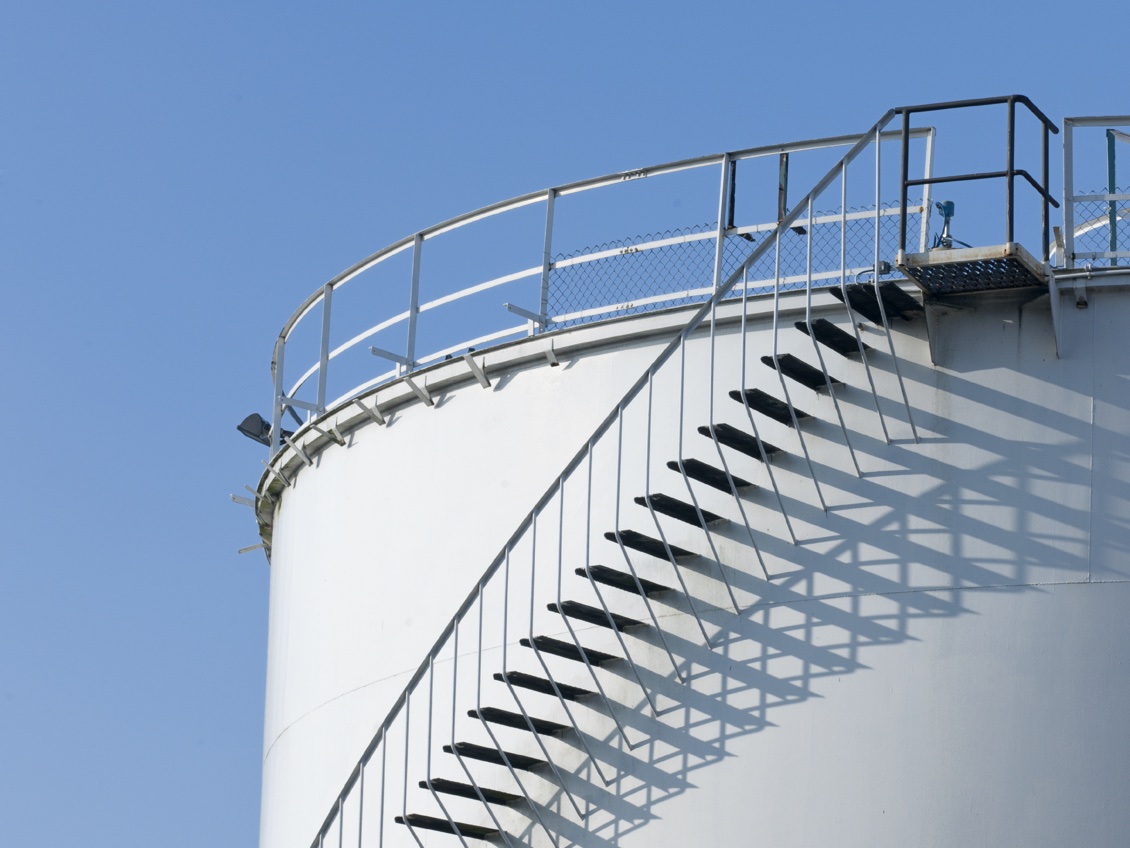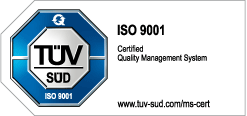Corrosion is an imminent danger for containments, in which a corrosive medium is stored. Advanced corrosion leads to leakage and in its worst case even loss of integrity. Any such failure implies loss of asset and the risk of additional damage compensation costs. A leaking medium may pollute the environment and be hazardous for people. Hence, it is vital for an operator to know the condition of storage containments in order to schedule maintenance.
AE testing is a method for screening active corrosion and active leakage in storage containments. The test method exploits acoustic emissions of a corrosion process or a leaking medium. It is a non-intrusive method without the need of opening and cleaning the storage containment prior to inspection. The result of an AE test poses a recommendation for a maximum operation period until a subsequent inspection is necessary.
Corrosion of the flat bottom of above ground storage tanks have been screened with AE for many years now. By analyzing AE data, corrosion sources can be located and classified into classes of different severity. The operation period until next inspection is based on severity of a corrosion source.
Typical System Configuration
| Chassis | MB19 in single chassis or multi-chassis configuration |
| AE Signal Processor Board | ASIP-2/S and TR-2/512 (transient recorder modules) |
| AE Sensors | VS30-SIC-46dB or AEP4-ISTB with VS30-V |
| Analysis Software | VisualAE, VTR |
| Location Modules | Tank bottom location and 3D location for small diameter tanks |
| Additional Modules | ECP to program own analysis routines or license routines of others VisualClass for transient pattern recognition |






